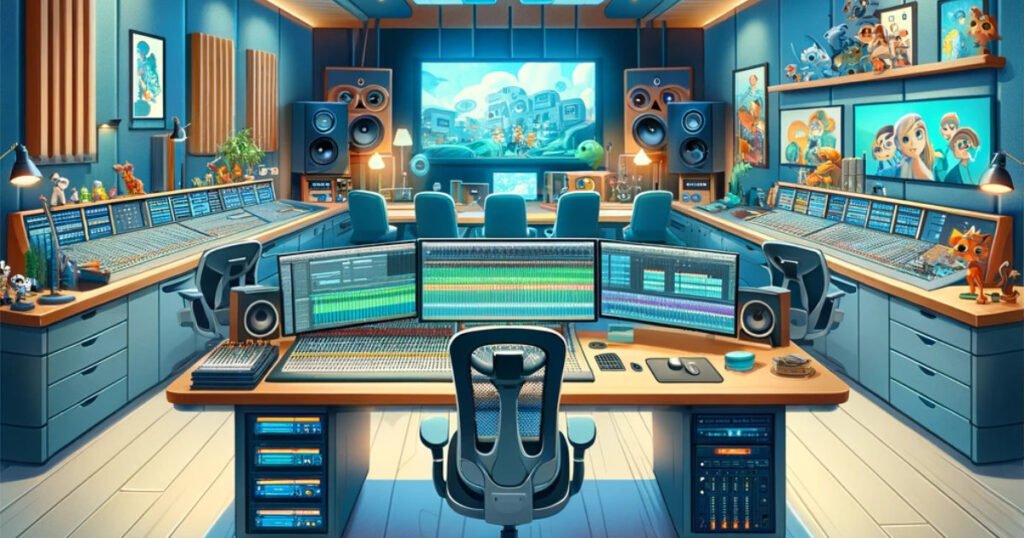Exploring Career Paths in Post-Production


Post-production is an essential stage in the creation of films, TV shows, commercials, and digital content. It’s a phase where the project comes to life through editing, sound design, visual effects, and more. However, the career path in post-production isn’t one-size-fits-all. The type of project—whether it’s a commercial, a YouTube video, a TV show, or a movie—can significantly influence the skills required and the roles available. Often, professionals in this field may need to acquire skills from multiple disciplines, especially when working on projects with limited budgets.
Post-Production Career Paths
Editing: The backbone of post-production, editors play a critical role in shaping the final product. Whether working on a high-budget movie or a small-scale YouTube video, editors need a keen eye for storytelling, pacing, and continuity. In commercials, the challenge is to convey a message compellingly within a very short time, often requiring a different approach than long-form content like movies or TV shows.
Visual Effects (VFX): The VFX team brings the impossible to life. In big-budget films, VFX artists create jaw-dropping visuals, but even in smaller projects like commercials or YouTube videos, they might be called upon for subtle enhancements or corrections. Their skills are versatile, adaptable to various project scales and types.
Sound Editing and Design: The sound team is responsible for the auditory experience of a production. The approach varies significantly across different mediums. For instance, the intricate sound design for a movie differs from the more straightforward requirements of a commercial. Foley artists, ADR editors, and sound designers must adapt their skills to the project’s scale and nature.
Color Grading and Correction: Colorists play a crucial role in setting the tone and mood of the final product. While feature films may require intricate color work to support storytelling, commercials often focus on making products look appealing. Colorists must be versatile in their approach to cater to these varying needs.
Animation: Animators in post-production can find themselves working on a range of projects. From intricate character animations in films to simple motion graphics for YouTube videos, their skills must be adaptable.
Music and Scoring: Music enhances the emotional impact of any production. Composers and music supervisors must understand the nuances of different mediums—what works for a film may not suit a commercial. They often need to be versatile, understanding varied styles and genres.
Titles and Graphics: Graphic artists and title designers create the visual elements that complement the narrative. While film and TV might require more thematic and story-driven graphics, commercials and YouTube videos often need more direct, attention-grabbing graphics.
Quality Control (QC): QC technicians ensure that the final product meets technical standards across various platforms. This role requires a keen eye for detail and a deep understanding of technical specifications for different mediums.
Post-Production Supervision: Overseeing the post-production process requires adaptability and comprehensive knowledge of all aspects of post-production. Supervisors must be able to manage teams working on varied project types, from low-budget online content to high-budget films.
Digital Intermediate (DI): DI professionals work on the final digital mastering of a film. The skills required here are highly technical and precise, ensuring that the final product looks its best across different viewing platforms.
In conclusion, a career in post-production offers a diverse range of paths, each requiring a unique set of skills. Professionals often need to adapt their expertise to the specific demands of different project types. The key to success in this field lies in versatility, continuous learning, and a deep understanding of the various elements that contribute to the post-production process.

Responses